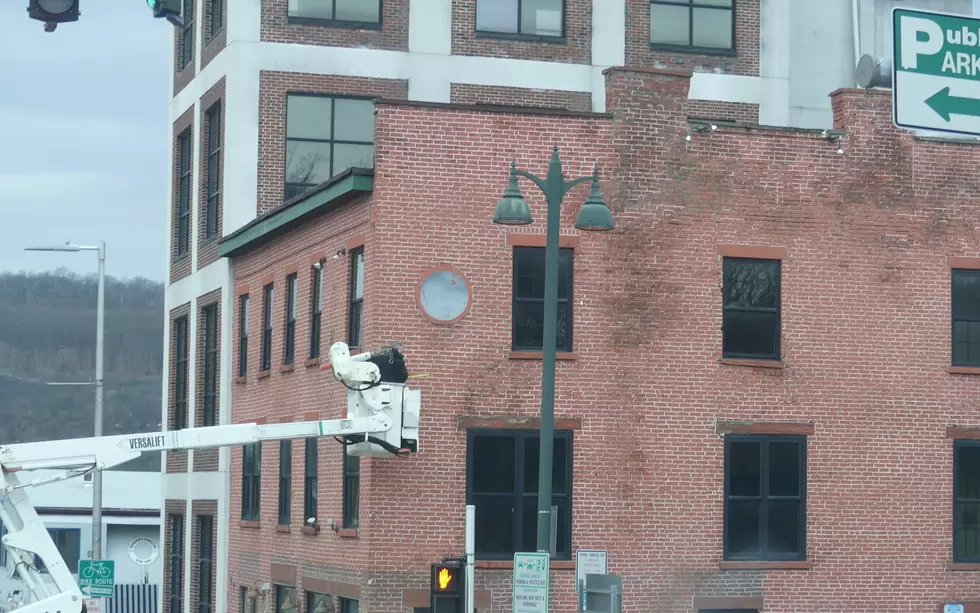
WEEKEND WEATHER: Chance For Rain, Then Much Cooler
If you've been enjoying the above average temperatures over the past few days, you'll have a little bit longer to do so. A chance for scattered showers and even some thunderstorms are possible by early weekend, then expect more fall-like weather to arrive. You've also probably noticed how much shorter the days have become. We have only a few more weeks to go before the clocks are set back. Then it will be getting dark very early.
Highs Friday will be quite warm, with temperatures in the upper 70s across the area. Skies should be a mix of sun and clouds as the afternoon progresses. By Friday evening, it will become mostly cloudy as the next chance for rain moves into the area. Lows should only reach about 60 overnight. Saturday will see a chance for morning showers, then steadier rain and maybe some thunderstorms by later in the afternoon. Highs will be in the mid 70s during the day, but it will start to cool off once the front has pushed through the region.
By late weekend, temperatures will start to feel more like the middle of October. Highs will only reach the low 60s Sunday, with mostly sunny skies and windy conditions. The winds should die down by Sunday evening, with much colder weather overnight. Lows will fall into the low 40s, under mostly clear skies. The cooler weather should stick around for the next several days early next week, as highs will stay in the 60s and lows in the 40s.
So how vulnerable is the Hudson Valley is extreme weather? A new national poll from NPR/PBS NewsHour/Marist College examined the issue. According to the poll, 24% living in the Northeast say they've been affected by extreme weather over the past two years. While this is nowhere near as high as those polled from the South or Far West, the survey only looked back through 2019. This doesn't take into account weather events such as Hurricane Irene, Superstorm Sandy, or all the major snow storms. But, when compared to many living in the Gulf states, who have been slammed time and time again by hurricanes in just the past few years, or those out West who have endured megafires every year, we're still pretty lucky.
LOOK: The most expensive weather and climate disasters in recent decades
KEEP READING: Get answers to 51 of the most frequently asked weather questions...
TIPS: Here's how you can prepare for power outages
More From WPDH-WPDA







